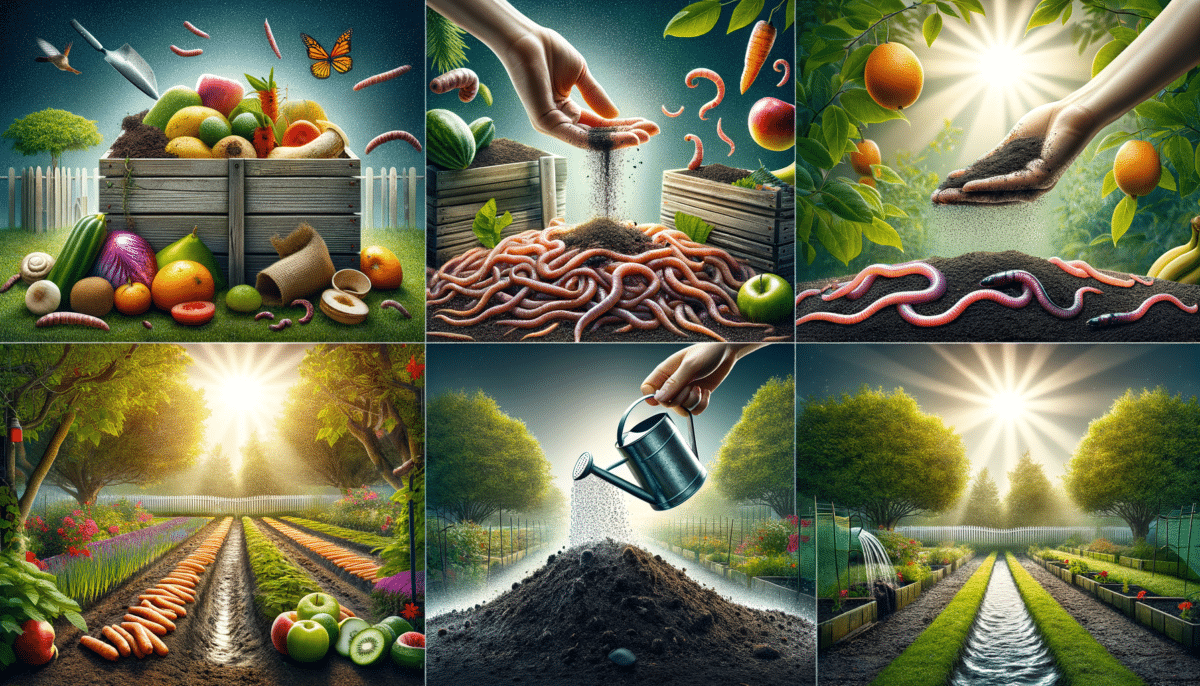Understanding Soil Health
Soil is the foundation of any successful garden, and understanding its health is crucial for nurturing vibrant plants. Healthy soil is teeming with life, including microorganisms, fungi, and insects, which all play a role in breaking down organic matter and recycling nutrients. One of the first steps to ensuring soil health is testing its pH level. Most plants thrive in soil with a pH between 6.0 and 7.5. If your soil is too acidic or too alkaline, it can be amended with lime or sulfur, respectively, to bring it into the desired range.
In addition to pH, the texture and structure of the soil are vital. Soil should have a good balance of sand, silt, and clay, providing both drainage and nutrient retention. To improve soil texture, consider adding organic matter such as compost or well-rotted manure. This not only enhances the soil structure but also increases its fertility, helping plants to establish deep roots and access essential nutrients.
Lastly, consider the soil’s drainage capabilities. Waterlogged soil can drown plant roots, while soil that drains too quickly can leave plants thirsty. Conduct a simple drainage test by digging a hole, filling it with water, and observing how quickly it drains. Based on the results, you may need to amend the soil with sand or organic matter to improve its drainage properties.
Choosing the Right Plants
Selecting the right plants for your garden is a step that can make or break your gardening efforts. It’s essential to consider your local climate, the amount of sunlight your garden receives, and the soil conditions when choosing plants. Native plants are often a wise choice as they are adapted to the local environment and require less maintenance. They are also more resistant to local pests and diseases, which can help reduce the need for chemical interventions.
Another factor to consider is the plant’s growth habit and mature size. Understanding how big a plant will grow ensures that you provide adequate space for it to thrive. Overcrowding can lead to competition for resources, making plants more susceptible to stress and disease. Additionally, consider the seasonal interest of your plants. A well-designed garden includes a mix of plants that offer color and texture throughout the year, ensuring that your garden remains attractive in every season.
When planning your garden, think about companion planting. Certain plants can benefit each other when grown together. For instance, planting marigolds alongside vegetables can help repel pests, while legumes can fix nitrogen in the soil, benefiting nearby plants.
Watering Wisely
Water is a critical resource for plant health, but it’s important to use it wisely to avoid wastage and ensure plants receive the right amount. The key to effective watering is understanding the specific needs of your plants and the environmental conditions. Most plants prefer deep, infrequent watering to shallow, frequent watering. This encourages deeper root growth, making plants more resilient to drought conditions.
Early morning is the ideal time to water your garden. This allows the plants to absorb moisture before the heat of the day causes evaporation. Evening watering, while sometimes necessary, can lead to prolonged moisture on leaves, increasing the risk of fungal diseases.
Consider the method of watering as well. Drip irrigation systems deliver water directly to the plant’s roots, reducing evaporation and ensuring that water is used efficiently. Mulching is another effective strategy, as it helps retain soil moisture and reduces the need for frequent watering. Organic mulches, such as straw or bark, also break down over time, adding nutrients back into the soil.
Managing Pests and Diseases
Garden pests and diseases can pose a significant challenge, but managing them effectively is crucial for maintaining plant health. The first step is to monitor your garden regularly for signs of trouble. Early detection can prevent a minor issue from becoming a major problem. Look for discolored leaves, unusual spots, or signs of insect activity.
Integrated Pest Management (IPM) is a sustainable approach to managing pests and diseases. It involves using a combination of methods to control pests, such as cultural practices, biological controls, and chemical treatments as a last resort. Cultural practices include crop rotation and maintaining plant diversity to disrupt pest life cycles. Biological controls involve introducing natural predators, such as ladybugs or parasitic wasps, to keep pest populations in check.
If chemical treatments are necessary, opt for organic or less toxic options to minimize environmental impact. Always follow the manufacturer’s instructions and apply treatments in the early morning or late evening to protect beneficial insects like bees.
Seasonal Garden Maintenance
Maintaining your garden throughout the seasons is essential for its long-term success. Each season presents unique challenges and opportunities, and understanding these can help you keep your garden thriving year-round. In spring, focus on preparing the soil and planting new seeds or seedlings. This is also the time to prune shrubs and trees to encourage healthy growth.
Summer requires diligent watering and monitoring for pests and diseases. It’s also a good time to deadhead flowers to promote continuous blooming. As fall approaches, begin preparing your garden for the colder months by cleaning up debris and adding mulch to protect plant roots from frost.
Winter is a time for planning and reflection. Consider what worked well in your garden and what could be improved. It’s also an excellent opportunity to research new plants or techniques to try in the coming year. Use this time to clean and maintain your gardening tools, ensuring they are ready for use when spring arrives.
By understanding and implementing seasonal maintenance practices, you can ensure your garden remains a source of joy and beauty throughout the year.
